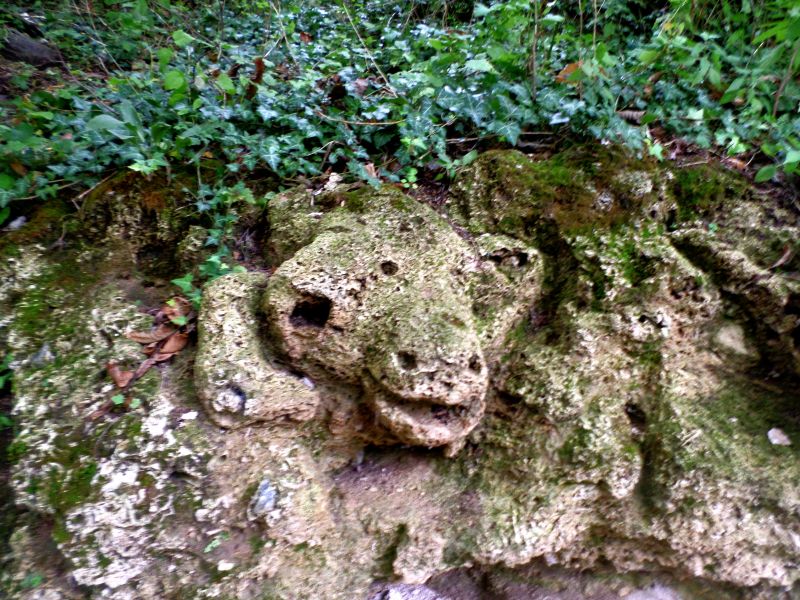A mysterious archaeological site near the eastern Bulgarian town of Sliven named “The Rock Herd” recently became popular after pictures appeared on Facebook. At first sight, there is nothing unusual with the rock formations, but if you look carefully, you can notice the carefully carved animal heads. Very little is known about the site.
The location was investigated by archaeologists from the Sliven Regional Museum of History, but no conclusions have been made about the animal heads and their makers, or even the time period in which they were made. By looking at the erosion on the faces, they are probably ancient.
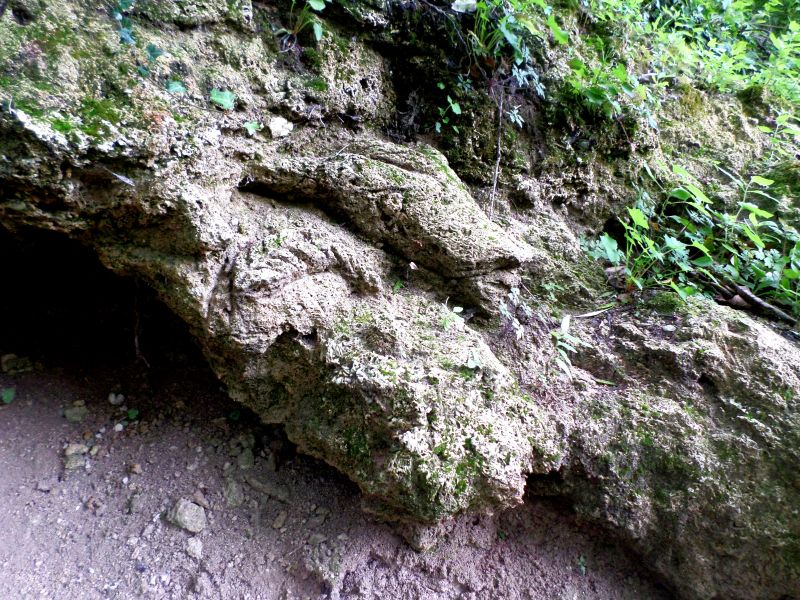
These enigmatic carvings (petroglyphs) are made on the edge of a semi-circular rock face. The carved animal heads and reliefs seem to be of many different styles and look like they’ve been made by more than one craftsman.
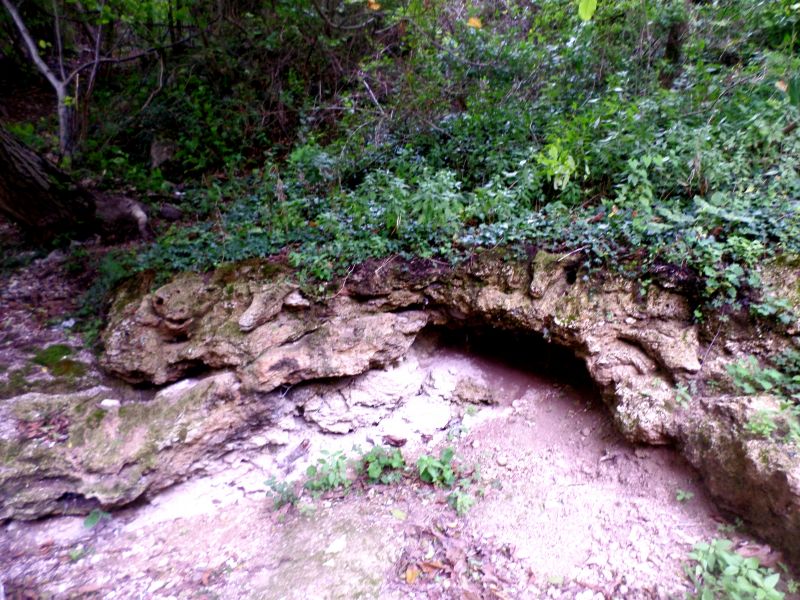
Most of the carvings appear to be bull, goat and/or Capricorn goat (sea goat) heads but there are also reliefs of some wild animals and also some water animals. This may suggest that some connection with the zodiac signs. The Capricorn is also used as a symbol when depicting Pan, the god of the wild, shepherds and flocks. So maybe there was some sort of cult here that did rituals devoted to him.
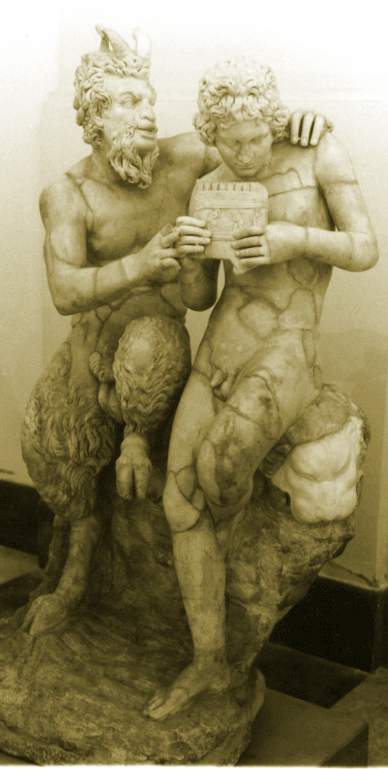
Or maybe this monument is just the creative work of some artists from a later period. Without any real research being done on the site, the public can only speculate about the real function of the Rock Heard.
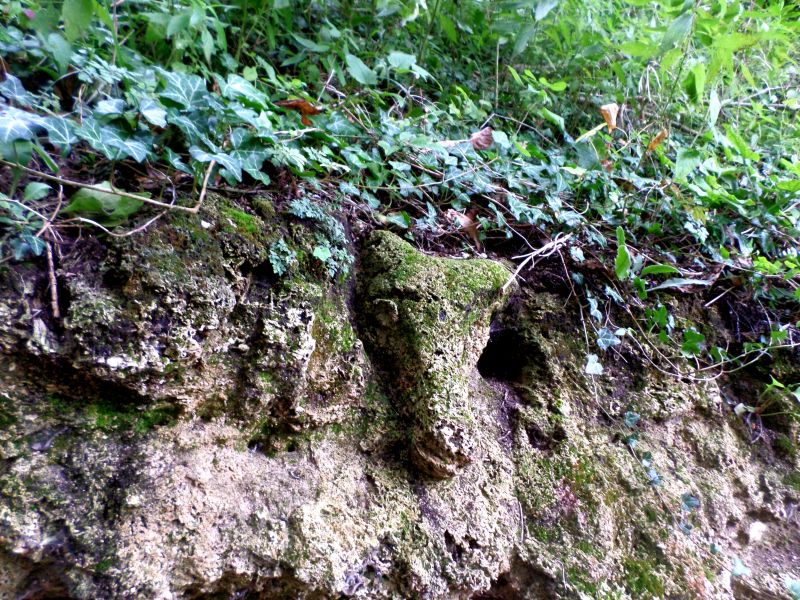
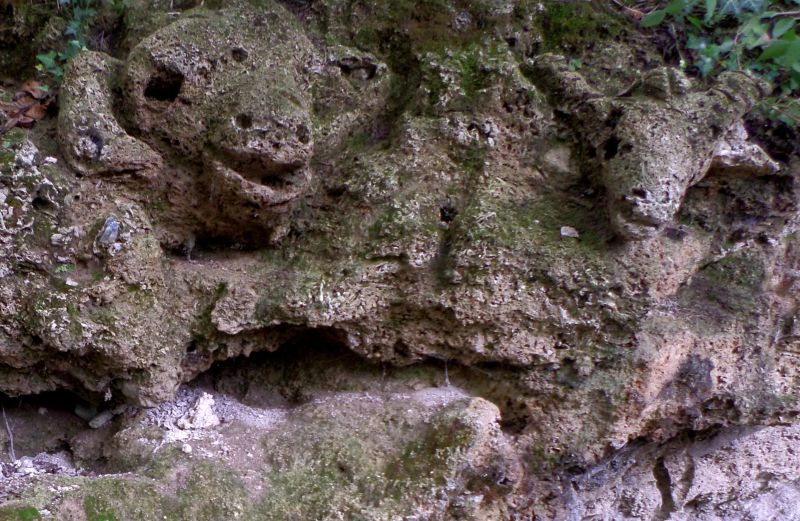
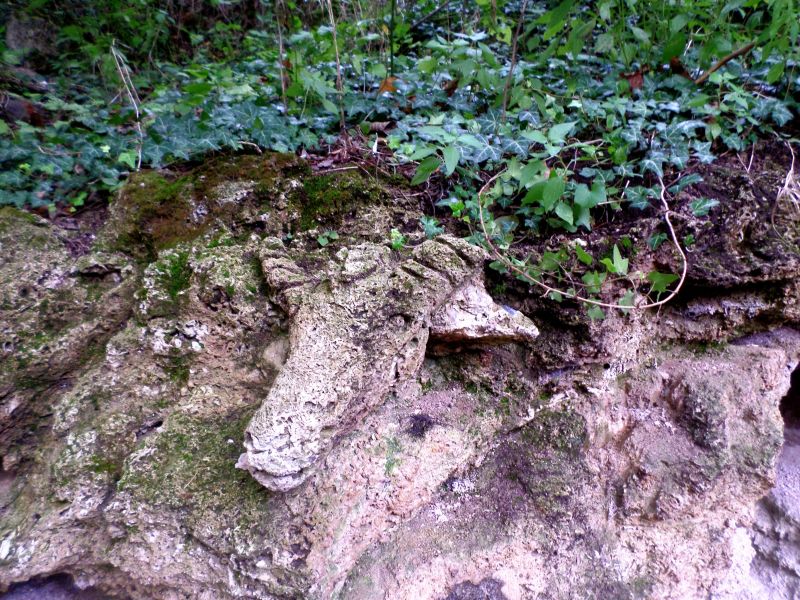
This is not the only archaeological site near the city of Sliven in Eastern Bulgaria. There is rich ancient and medieval history connected with the Tuida Fortress and many other locations. Tuida is an early Byzantine and Medieval fortress, dated back to the late antiquity period. It is located on the Hissarlaka hill in the northeastern part of Sliven. Archaeologists have discovered the remains of a Late Iron Age Ancient Thracian settlement (6th-1st century BC) near the fortress. In the Roman period, the settlement was turned into a marketplace.
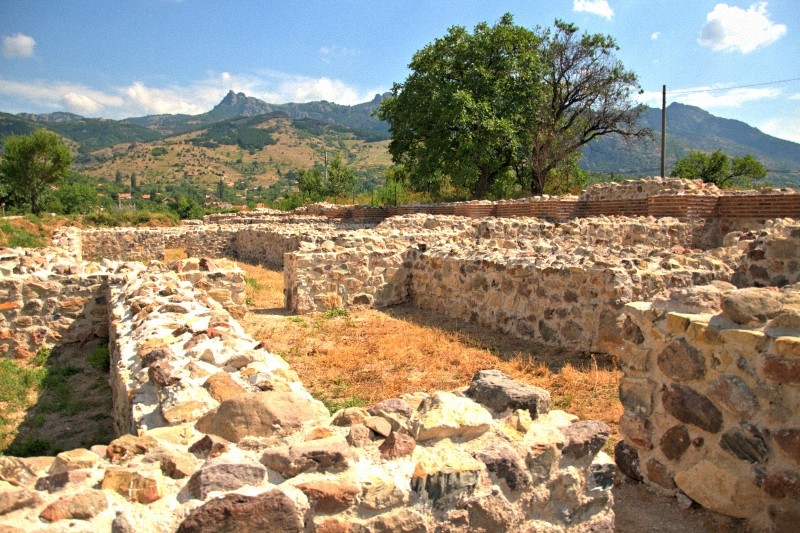
Having this in mind, the Rock Heard is either from the Iron Age or it was made later by the Romans, or maybe somebody carved it using modern tools in the 19-th century. This can not be determined without any further investigation. In the meantime, the location is totally unprotected and because of that, it has been vandalized many times by careless treasure hunters and the local population.
Source: archaeologyinbulgaria, agenciasliven, tuidacastle, wikipedia
